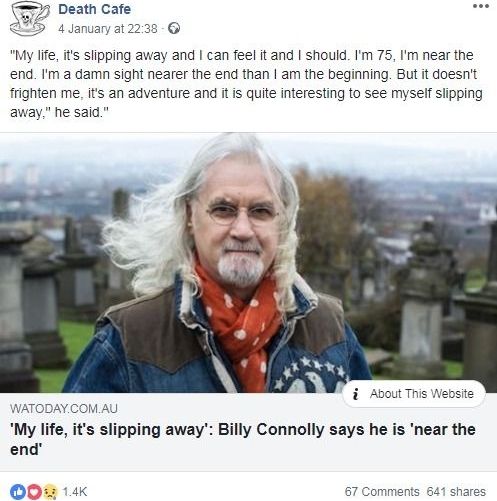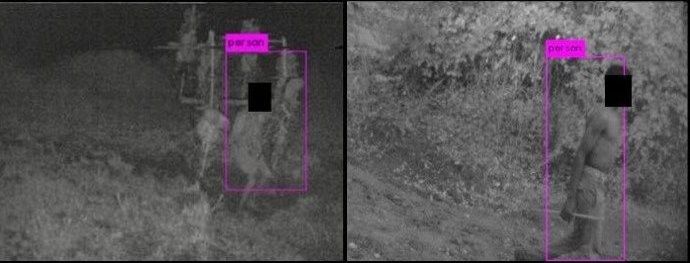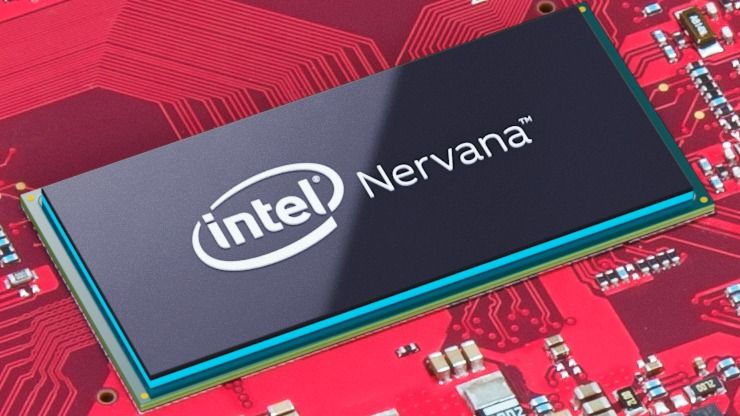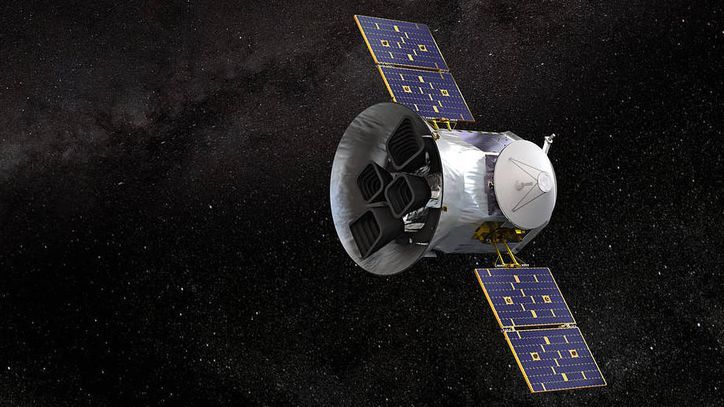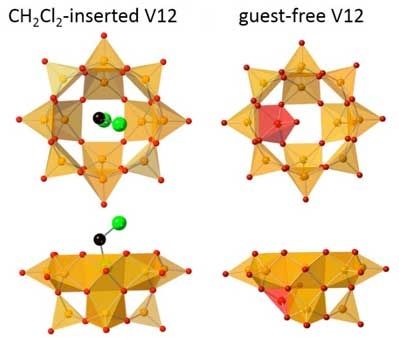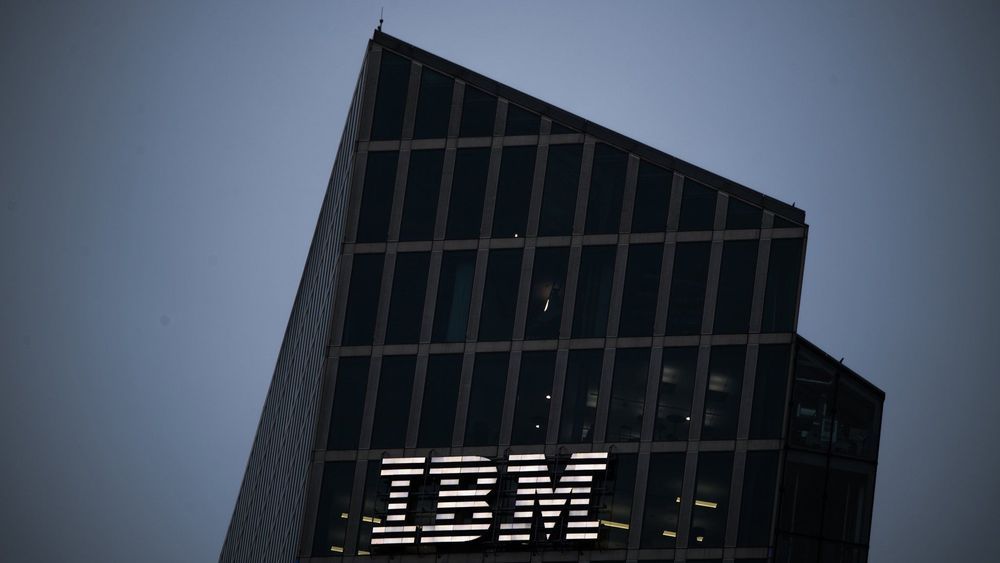Jan 8, 2019
Mental Candy Is Also Unhealthy
Posted by Steve Hill in categories: biotech/medical, food, life extension, neuroscience
We take a somewhat humorous look at the messaging and the comfort stories people tell themselves to distract themselves from seeing why age-related diseases and dying from them is a problem that needs solving.
Here’s what might be considered a paradox: right now, the Facebook page of Death Cafe—a place where you go to talk about death—is a rather lively place, whereas pages about life extension are comparatively rather dead places. This screenshot shows the activity of a Death Cafe post:

